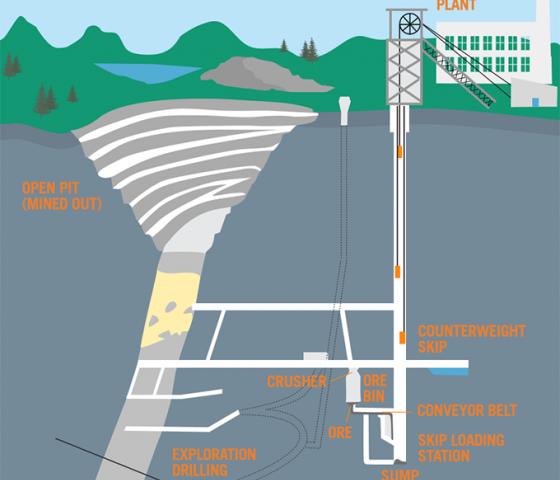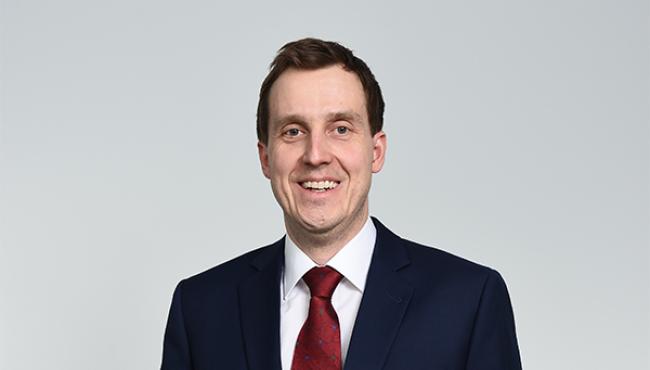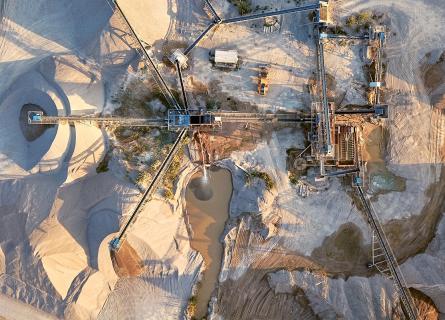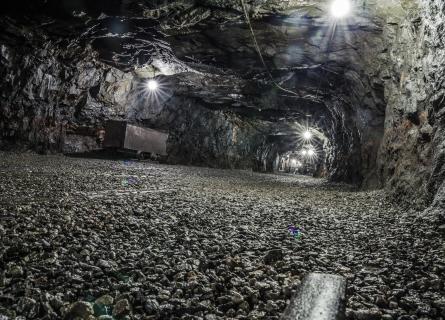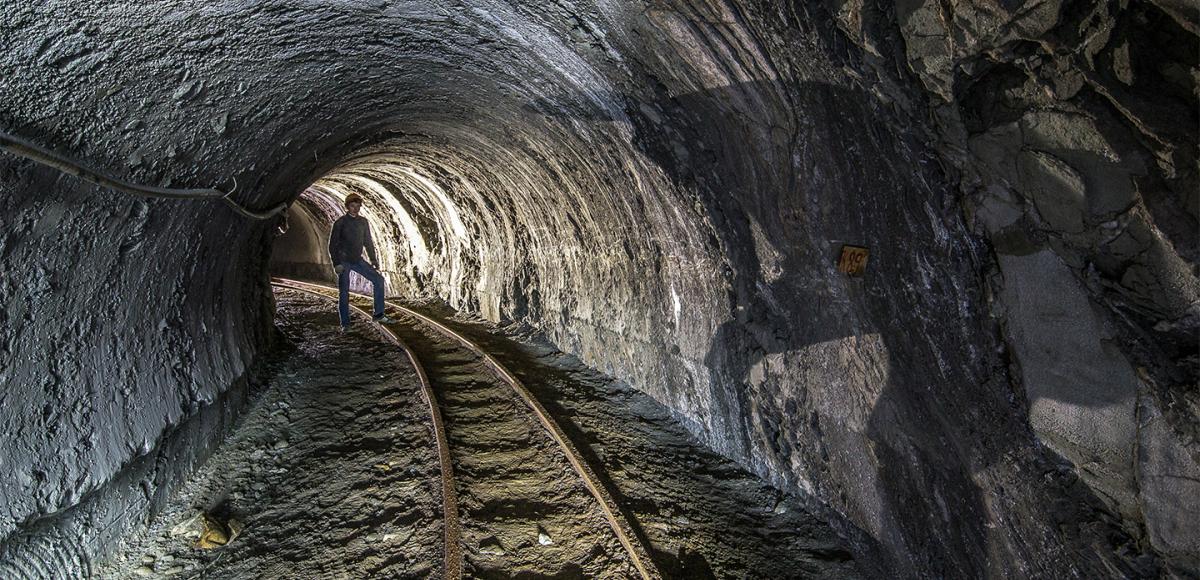
Hoisting systems: poor investment or the future of mining?
Hoisting systems are major investments for mining companies, operating in the capital intensive mining business, sensitive to economic fluctuations. Therefore, the decisions of such big investments must be well-grounded. But when is building a hoisting system a good decision?
The global need for metals is increasing, and mining companies are constantly searching for ways to expand and extend their business. In open pit mines near the surface, the ore is easily transported to the surface using dumpers or belt conveyors. However, the deeper underground the mine extends, the more relevant question is whether to build a hoisting system.
A hoisting system is a mechanical machine operating in a vertical hoisting shaft. It is the most important and expensive piece of equipment in an underground ore handling line. Hoisting systems are typically used in material transportation from underground to above ground when mobile vehicles’ operative costs are too high.
A hoist is always part of a wider system. In a typical underground mine, ore is primarily crushed underground so it can be transported with belt conveyors and other equipment. In vertical ore deposits the ore is typically first excavated and dumped to the crushing station via ore passes. Then, the feeders feed the ore to the primary crusher. From the crusher, the ore is transported with belt conveyors to buffer silos underground, and finally, hoist skip or skips are loaded with ore and hoisted to the surface, where it continues to the next crushing stages and concentrating plant. In some cases, hoisting can be carried out in two or more phases using sub-vertical hoisting systems.
Does it make business sense to go deeper?
Typically, open pit mining is about five times cheaper than underground mining. A significant reason for this is the increased ore transportation costs the deeper the mine extends. Dumpers or belt conveyors, for example, may be efficient ways to transport ore from 0-200m depth to the ground concentrating plant. However, from 500m below the surface, the time one dumper drives to the surface may slow down the process so much that it would be more efficient to transport the ore with a vertical hoisting system, which is expensive.
Therefore, profitability must be evaluated to determine whether extending the mine underground is feasible in the first place. Factors that affect profitability include capacity (ore quantity, ore concentration and production value) and ore value (ore concentration, world markets and production costs).
Is a hoisting system necessary?
Hoisting systems are expensive and extraordinary projects – only a few hoisting systems are completed globally per year. In general, the deeper the ore body is located, the more reasonable it is to build a hoisting system. The world’s deepest mine, about 4000m, is Mponeng mine in South Africa. In such depths, a vertical hoisting system is the only sensible solution to transport ore to the surface.
Hence, the cost of the hoisting system is evaluated against the cost of reduced logistics efficiency of using other transportation methods, such as dumpers.
Hoisting demand increasing in the Nordics
Hoisting systems are becoming more and more relevant in the Nordics, because in the existing mines ore body extends deeper, new ore deposits are found deeper than before, and metals demand has been increasing.
We are currently in a unique situation with having two on-going hoisting system projects which are both based in Finland. Agnico Eagle mine in Kittilä and Outokumpu mine in Kemi have both invested in a hoisting system in order to expand or maintain their production. In Sweden, we have designed hoisting systems for Boliden Garpenberg and LKAB in Kiruna. We have also led the engineering for revamps of existing hoisting systems in LKAB’s mines in Kiruna and Malmberget.
Did you know? We can deliver different stage feasibility studies and EPCM projects for the complete hoisting system with headframe as well as the underground ore handling line. Hoisting system projects require special know-how that our experts have developed through successful client projects.
